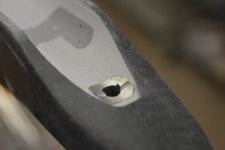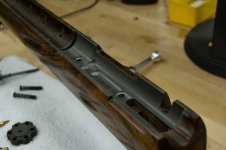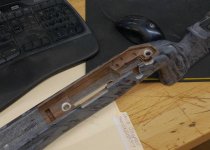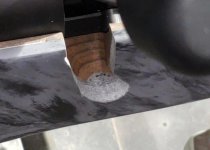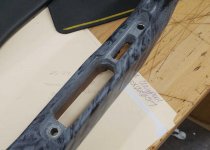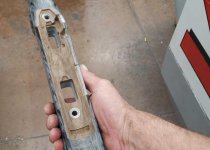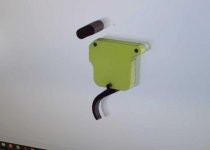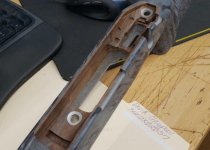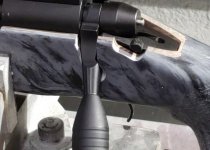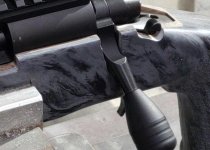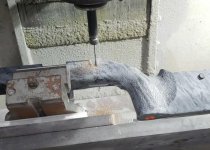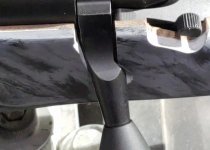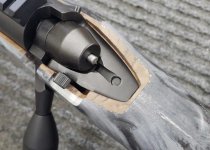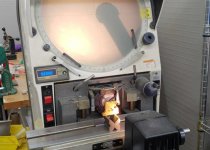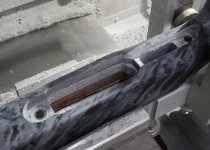This morning's project for the stock dept: Getting the Sako 85 receiver modeled up so we can inlet stocks. It saves Shayne a great deal of work in the CAM software if he has a vetted model to run off of.
I threw in a few others for fun.


Legacy ARC Mausingfield Short Action:

Remington M700 with our M40 clip slotting stuff added.

I threw in a few others for fun.
Legacy ARC Mausingfield Short Action:
Remington M700 with our M40 clip slotting stuff added.


